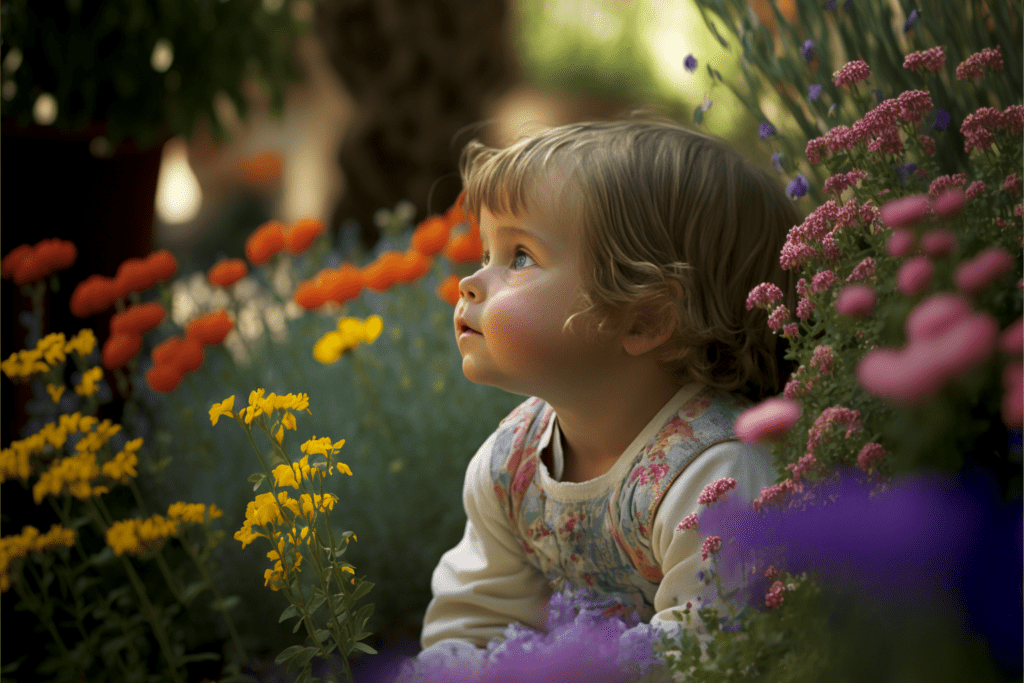Developmental trauma disorder definition
Childhood trauma disorder (cPTSD)- definition
= Consequence of serious traumatic stress in childhood through real sexual abuse or aggressive abuse that lead to strong psychological distress, including, among other things:HelplessnessPowerlessnessHopelessness
and the feeling of being overwhelmed by these affectsNext to these trauma consequences, children’s fantasies add to real traumatization:
- Self-reproach
- Identification with the attacker
- Misconceptions of reality
Possible consequence are manyfold:
- Sensory processing disorder,
- ADHD,
- Oppositional defiant disorder
- Cognitive impairment
- Speech delay
- Learning difficulties
- Post-traumatic stress disorder
- Personality disorders (especially borderline personality disorder)
- Structural disorders
- Bipolar disorder
Synonym: reactive attachment disorder in childhood
Childhood trauma: classification
F94 Disorders of social functioning with onset specific to childhood and adolescence
A somewhat heterogeneous group of disorders with abnormalities in social functioning which begin during the developmental period. In many instances, serious neglect or abuse of any kind probably are their main cause.
F94.1 Reactive attachment disorder of childhood
Starts in the first five years of life and is characterized by emotional disturbances and are reactive to changes in circumstances (e.g. fearfulness and hypervigilance, poor social interaction with peers, aggression towards self and others, misery, and growth failure in some cases). The syndrome probably occurs as a result of severe parental neglect, abuse, or serious mishandling.
Childhood trauma: importance
Developmental trauma disorders are by no means rare. In a study on Adverse Childhood Experiences (ACE) by Kaiser Permanente and the Center for Disease Control (Felitti et al., 1998), 17,337 adults answered a survey on experiences with childhood distress, including abuse and neglect during the Childhood and with disturbed family relationships:
- 11.0% reported childhood emotional abuse,
- 30.1% physical violence,
- 19.9% sexual abuse,
- 23.5% had experienced alcohol abuse in the family,
- 18.8% were confronted with mental illness,
- 12.5% had to watch their mothers being beaten and
- 4.9% reported family drug abuse.
Childhood trauma: causes
In the first years of life, infants and toddlers need safe, predictable, accessible and loving caregivers. In the security of the interaction with these caregivers, the brain of the newborn can develop healthily and harmoniously.
The deeper structures of the brain are responsible for functions that ensure survival and serve to respond to stress. The higher structures ensure complex services, e.g. perceptions and their evaluation or responsible action. The development of the higher functions presupposes the successful development of the lower functions. If stress reactions due to neglect or abuse in infants or young children are repeatedly activated over a longer period of time, further brain development is disturbed.
Stern differentiates within caregiver-baby-communication “non-attunement”, “selective attunement” and “attunement” of emotions:
- In “non-attunement” there is sharing of inner feelings states
- With “selective attunement”, communication and exchange take place, but certain experiences are excluded. For example the joyful play of the baby with his genitals will not be answered with the same enthusiasm as his exploration of a new toy.
- “Attunement” finally, is a purposeful misalignment that can occur in a development-promoting sense if the mother e.g. calms the overexcited infant reaction (affect modulation). The same process can also happen due to parental projections and transmissions, if the mother e.g. always lags behind the level of activity of her little son, in order to incite him to devlop “more initiative”.
Even in the best of circumstances, parents cannot understand all of a child’s needs, so an infant is inevitably upset from time to time. Schore and Shore (2008) call this affect “mis-tuning”. Successful parents react appropriately to calm their baby down, which Schore calls “re-tuning” (2008). Mismatch is inevitable and not harmful as long as an immediate re-attunement follows. But persistent distress (mismatch) without adequate re-tuning disrupts a child’s ability to build relationships, the feeling of security and calm in the world, and self-regulation.
Being left to their own devices leads to deficits in emotional self-regulation in chronically traumatized children:
1) Lack of self-awareness,
2) Poorly modulated emotional and impulse control (especially aggression against oneself and against others) and
3) Uncertainty regarding the reliability and predictability of others, with
4) distrust, suspicions and problems with intimacy and social isolation
Chronically traumatized children literally have no contact with their own feelings and lack the words to describe inner states.
The lack of a sense of predictability affects the development of object constancy – the lack of internalized experiences of one’s own inner world or social environment world. Without a structured inner space, the affected children act instead of planning and show wishes through their behavior instead of talking about them.
Unable to appreciate themselves or others, it is difficult for them to see other people as allies. Without internal reference systems as a benchmark, everything new is potentially a threat. What is familiar is usually experienced as safer, even when it is terrible.
These children rarely spontaneously share their fears and traumatic stress, and they can hardly make a connection between what they do, what they feel, and what happened to them. They tend to repeat their traumatic past in the interpersonal staging, in their games and in their fantasies.
Childhood trauma: treatment
Traumatized children need structured, repetitive experiences that meet their developmental needs, needs typical of the age at which they have missed important stimuli or have been traumatized, not their current calendar age.
After the examination, the therapist uses activities that close identified development gaps. For example, if the assessment indicates gaps in brain stem and midbrain function, the therapeutic activities include expression, yoga, massage, etc. After these functions have improved, the activities continue to facilitate further brain development.
Overcoming a developmental trauma is a long journey. Affected people who are able to integrate their trauma can, like everyone else, experience a certain balance between a feeling of ” affect attunement”, mis-tuning “and” re-tuning”. Without proper treatment, however, they will spend significantly more time in mis-tuned affects and finding re-tuning with their surroundings more difficult.
Sources:
van der Kolk, Bessel A.: Entwicklungstrauma-Störung: Auf dem Weg zu einer sinnvollen Diagnostik für chronisch traumatisierte Kinder. Praxis der Kinderpsychologie und Kinderpsychiatrie 58 (2009) 8, S. 572-586.
Kraybill, Odelya Gertel: What Is Developmental Trauma? A framework for building secure attunement.Psychology today.



